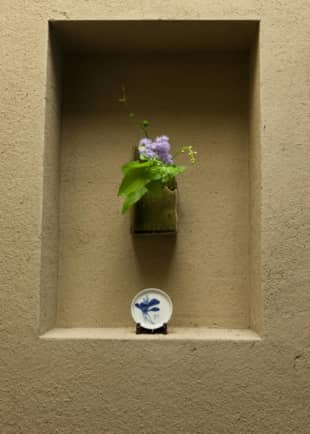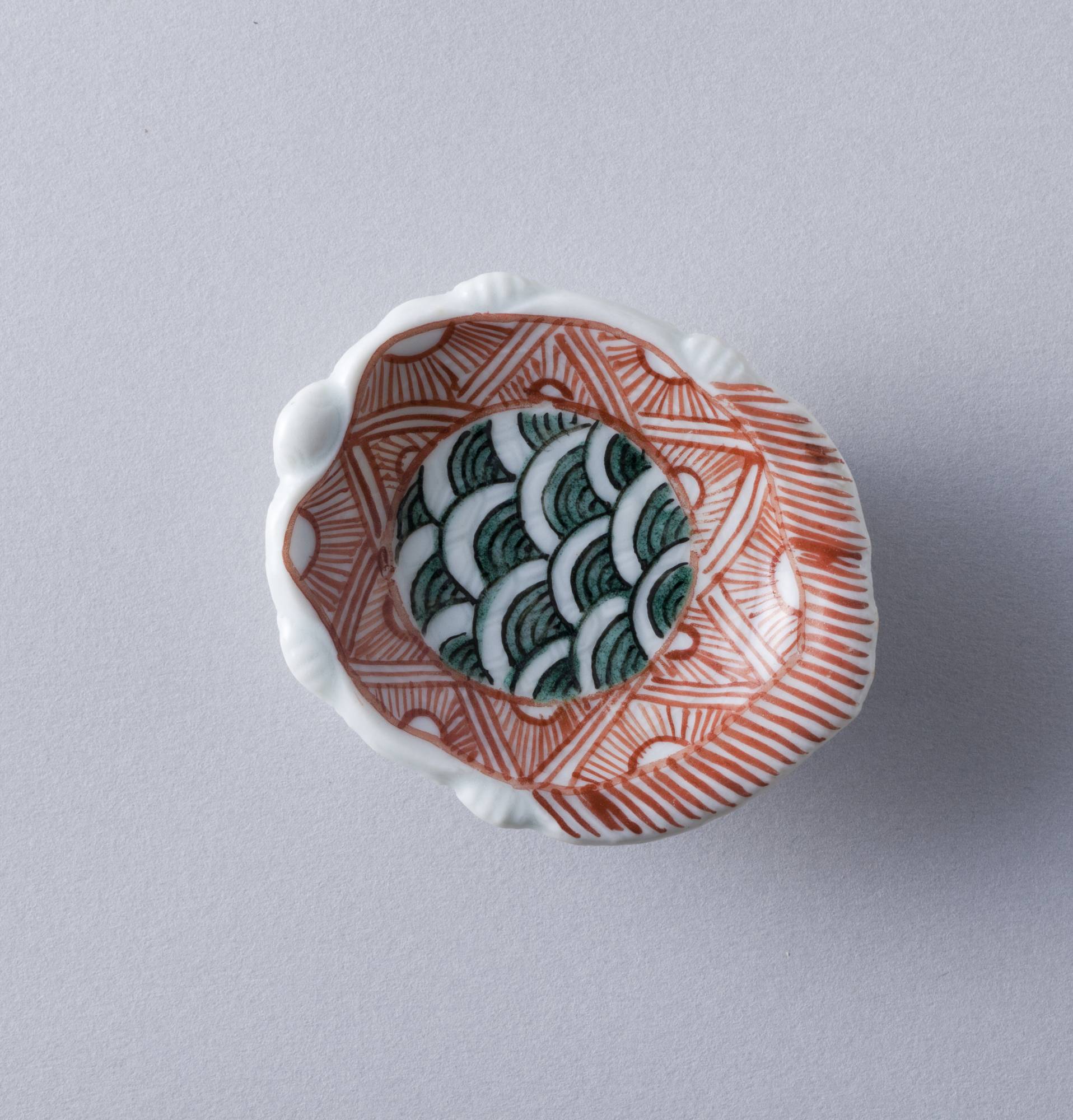Go east across the Kamo River at the Shijo Ohashi bridge in Kyoto’s Higashiyama Ward, then turn north and walk down Nawate-dori for several blocks. A modest sign saying “Tessaido” marks a shop in the antique row on Furumonzen-dori. The establishment, which occupies a space of just 65 square meters, deals in Ko-Imari (Old Imari) porcelain ware, as well as kimono accessories like obidome (decorative obi fasteners) and kanzashi (hair ornaments). If you’re relatively new to antiquing, though, we especially recommend taking a look at mamezara like the ones showcased on this page.

Although there are no strict definitions, the term “mamezara” generally refers to flat dishes (-zara is from sara, which means “plate”) that are no larger than 10 centimeters in diameter (as a prefix, mame- means “bean-sized”; “mini-”). Without limitation as to their shape or design motif, these miniature plates reflect the personal sensibilities of their creators, as well as the tenor of the age in which they were made. They impart at times a bold flair, and at others a subtle elegance, to the tables and spaces they grace.

















With your current subscription plan you can comment on stories. However, before writing your first comment, please create a display name in the Profile section of your subscriber account page.